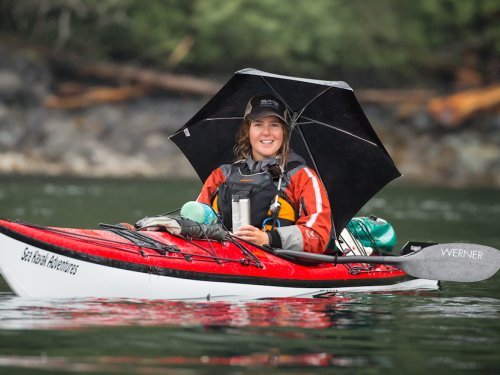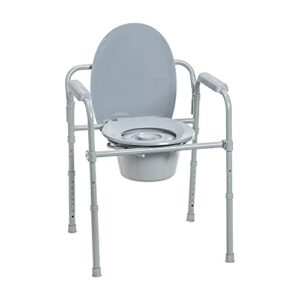Contents
If you’re an avid kayaker, you know that having the right gear can make all the difference in your adventure. One piece of equipment that should always be in your arsenal is the kayak paddle float. This handy device serves as a flotation aid, providing stability and support when you need it most. Whether you’re a beginner or a seasoned pro, the kayak paddle float is an essential tool that can enhance your safety and confidence on the water.
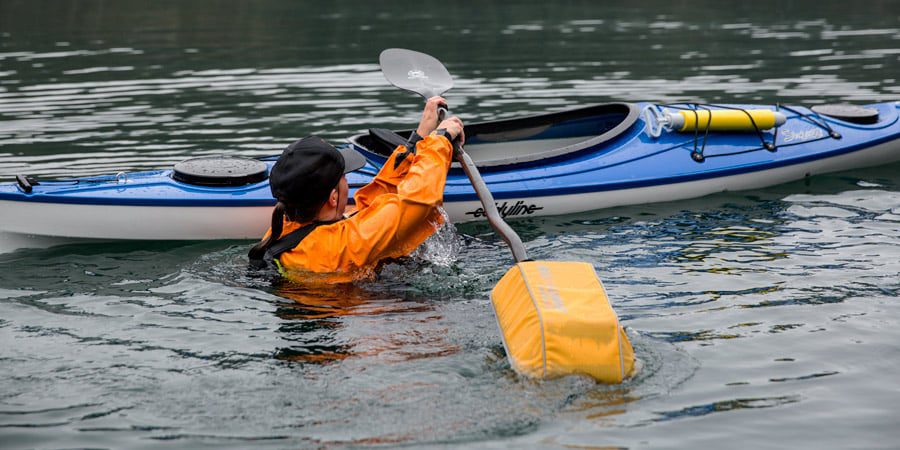
What is a Kayak Paddle Float
A kayak paddle float is an essential piece of safety gear for kayakers. It is a device that is designed to aid in self-rescue and to assist others in emergency situations. A paddle float is typically made of durable materials that are buoyant enough to support the weight of a kayaker in the water. It attaches to one end of a kayak paddle, creating additional buoyancy and stability when needed.
Definition and Purpose
A kayak paddle float is a flotation device that is specifically designed for use in kayaking. Its purpose is to provide additional buoyancy in the event of a capsize, making it easier for kayakers to get back onto their kayak and continue paddling. It is essentially a safety tool that every kayaker should have on hand, as it can greatly improve the chances of a successful self-rescue or assist in rescuing others.
Design and Features
Kayak paddle floats come in different designs and feature various components. The most common design consists of a float that is attached to one end of a kayak paddle. The float is usually made of durable, waterproof material and is inflated to provide buoyancy. It is important for the float to be securely attached to the paddle to prevent it from coming loose during use.
Some paddle floats are inflatable, while others are made of foam. Inflatable paddle floats are typically compact and lightweight, making them easy to store and transport. Foam paddle floats, on the other hand, are more rigid and do not require inflation. They are generally more durable and do not puncture or deflate like inflatable floats. The choice between inflatable and foam paddle floats depends on personal preference and the specific needs of the kayaker.
Reasons to Use a Kayak Paddle Float
Using a kayak paddle float can provide several benefits and serve various purposes. Here are some key reasons why every kayaker should consider using a paddle float:
Self-Rescue
One of the main reasons to use a kayak paddle float is for self-rescue. In the event of a capsize, a paddle float can provide additional buoyancy and stability, making it easier for the kayaker to re-enter their kayak. By using the paddle float as support, the kayaker can stabilize themselves and climb back onto the kayak without the risk of fully submerging or losing control.
Assisting Others
A kayak paddle float is not only useful for self-rescue but also for assisting others in need. If a fellow kayaker capsizes and is unable to re-enter their kayak, you can use your paddle float to provide them with extra buoyancy and stability. This can be especially helpful when rescuing a larger individual or when the water conditions are challenging. Having a paddle float on hand allows you to confidently assist others in emergency situations, providing them with a lifeline of support.
Emergency Situations
In emergency situations, a paddle float can be a valuable tool. It can be used to provide flotation and stability if you need to wait for rescuers or assistance to arrive. For example, if you are injured or unable to paddle due to equipment failure, using a paddle float can help you stay afloat and conserve energy until help arrives. It can also be useful in situations where you need to keep your hands free, such as administering first aid or signaling for help.
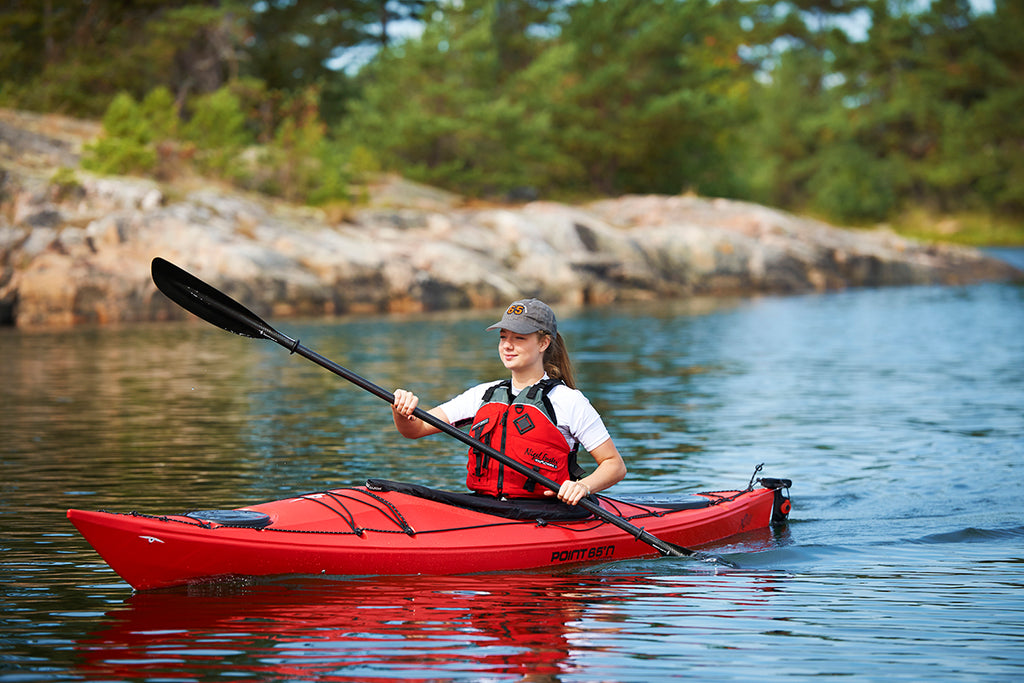
Types of Kayak Paddle Floats
There are two main types of kayak paddle floats: inflatable paddle floats and foam paddle floats. Each type has its own advantages and considerations, and it is important to choose the one that best suits your needs.
Inflatable Paddle Floats
Inflatable paddle floats are compact and lightweight, making them easy to pack and carry. They typically consist of a float chamber that can be inflated manually or with the help of a small pump. Inflatable paddle floats are designed to be durable and puncture-resistant, ensuring that they will not deflate during use. They can provide a high level of buoyancy when inflated properly, making them suitable for most self-rescue situations.
Foam Paddle Floats
Foam paddle floats are made of foam material that is inherently buoyant. They do not require any inflation and are generally more durable than inflatable paddle floats. Foam paddle floats are a popular choice among kayakers who prioritize simplicity and durability. They are also less prone to damage and can withstand rough handling or accidental punctures. Foam paddle floats may be slightly bulkier and less compact compared to inflatable options, but they are a reliable and long-lasting choice for kayak enthusiasts.
Key Features to Consider
When choosing a kayak paddle float, there are several key features to consider to ensure that you select the right one for your needs. These features can greatly impact the performance and usability of the paddle float.
Buoyancy
The primary purpose of a kayak paddle float is to provide buoyancy. Therefore, it is crucial to consider the float’s buoyancy capabilities when making a purchase. Look for a paddle float that provides sufficient flotation to support your weight when in the water. The float should be able to keep you afloat and stable while you re-enter your kayak or assist others. It is also important to consider the distribution of buoyancy, as a well-designed paddle float will provide buoyancy evenly and prevent tipping or instability.
Durability
Durability is an important factor to consider when choosing a kayak paddle float. Since paddle floats are designed to be used in rough water conditions, they need to be able to withstand repeated use and potential impact. Look for a paddle float that is made of high-quality materials that are resistant to punctures, tears, and general wear and tear. Consider the construction of the float, including the strength of seams and connections, to ensure that it can withstand the demands of kayaking.
Attachment System
The attachment system of a kayak paddle float is another crucial feature to consider. The float should securely attach to your kayak paddle to prevent it from coming loose during use. Look for a paddle float that has a reliable and adjustable attachment system, such as straps or buckles, that can accommodate different paddle sizes and provide a tight and secure fit. The attachment system should be easy to use and quick to adjust, allowing you to deploy the paddle float efficiently in emergency situations.
Size and Compatibility
The size and compatibility of a kayak paddle float are also important considerations. The float should be the right size to fit your kayak paddle, ensuring a snug and secure attachment. Consider the length and diameter of your paddle, and choose a float that matches those dimensions. It is also worth checking the compatibility of the paddle float with your specific kayak model to ensure that it can be easily deployed and used effectively. Some paddle floats come with compatibility guides or recommendations to help you find the right fit for your kayak.
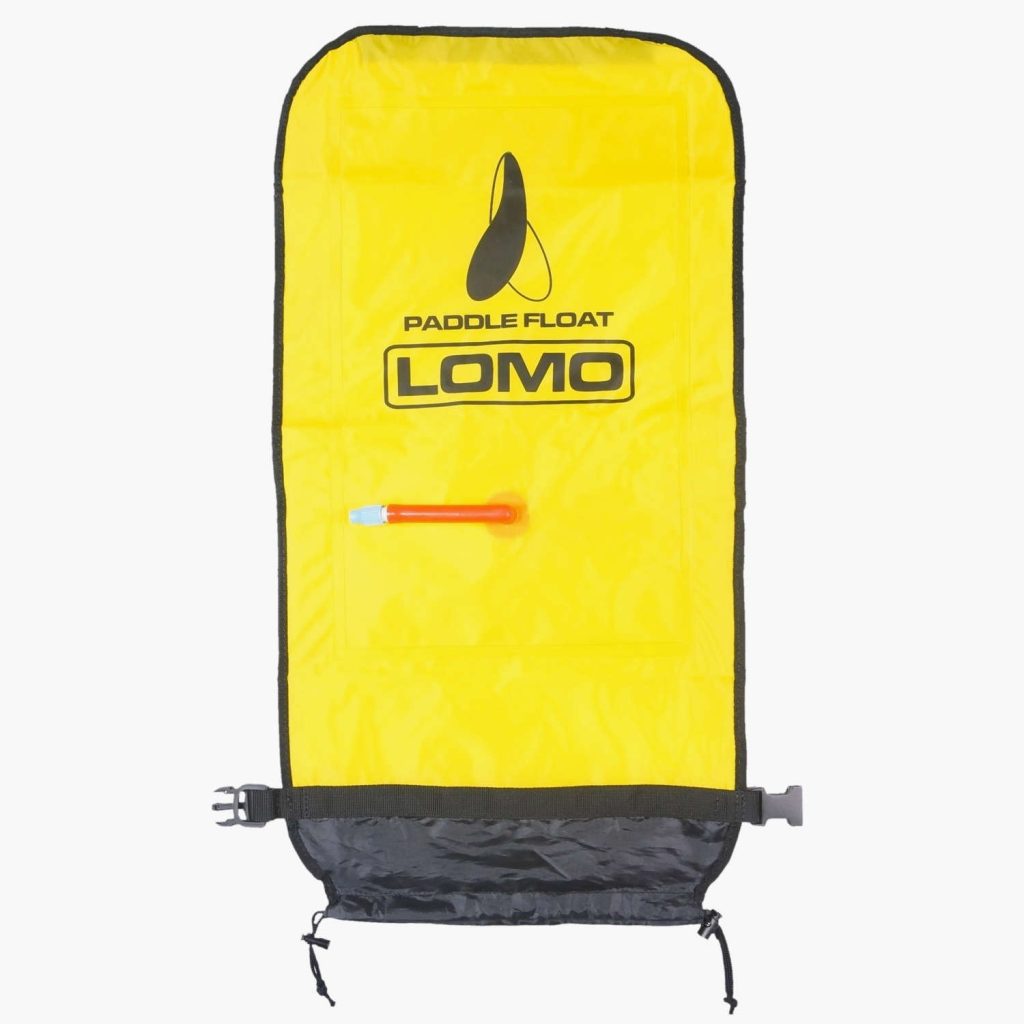
How to Use a Kayak Paddle Float
Using a kayak paddle float effectively requires proper technique and understanding of the necessary steps. Here is a step-by-step guide on how to use a paddle float for self-rescue:
Preparing the Paddle Float
Before heading out on the water, ensure that your paddle float is properly prepared and ready for use. Inflate an inflatable paddle float if applicable, making sure it is firm and has no leaks or damage. If you have a foam paddle float, make sure it is clean and free of any debris or water. Check the attachment system of the paddle float to ensure it is securely fastened and ready to be deployed.
Deploying the Paddle Float
In the event of a capsize, it is crucial to deploy the paddle float and attach it to your paddle quickly and efficiently. To do this, first, secure the paddle float to the end of your paddle according to the manufacturer’s instructions. Then, position the paddle float vertically in the water next to your kayak. The paddle float should create a T-shape with the paddle, with the inflated portion providing additional buoyancy on the water’s surface.
Re-entry and Rescue Techniques
Once the paddle float is deployed, it is time to re-enter your kayak using specific rescue techniques. One common technique is the paddle float self-rescue, where you position yourself alongside the kayak, gripping the paddle float with one hand and the kayak with the other. By using a combination of kicks, pulls, and leverage, you can hoist yourself onto the kayak, stabilizing with the paddle float as you climb in. Practice these techniques in calm water conditions and familiarize yourself with different rescue methods to build confidence and skill.
Benefits of Using a Kayak Paddle Float
Using a kayak paddle float offers numerous benefits that greatly enhance the kayaking experience. Here are some key advantages of incorporating a paddle float into your gear:
Enhanced Safety
The primary benefit of using a kayak paddle float is enhanced safety. Having a paddle float on hand provides an additional layer of safety in the event of a capsized kayak or emergency situation. With a paddle float, you can confidently attempt a self-rescue, knowing that you have the necessary support and stability to re-enter your kayak. This increased safety can prevent panic, reduce the risk of injury or exhaustion, and greatly improve the chances of a successful rescue.
Improved Confidence
Using a paddle float can significantly boost your confidence as a kayaker. Knowing that you have the ability to effectively handle a capsized kayak and re-enter it gives you the peace of mind to explore new waters and push your limits. The increased confidence gained from using a paddle float can lead to a more enjoyable kayaking experience, as you can focus less on potential mishaps and more on enjoying the natural surroundings and the thrill of being on the water.
Easier Self-Rescue
Self-rescue can be a challenging task without the aid of a paddle float. Trying to re-enter a kayak without any additional flotation can be difficult, especially in rough water conditions or when wearing heavy gear. A paddle float simplifies the self-rescue process by providing additional buoyancy and stability, making it easier to get back onto your kayak. It eliminates the need for complex or risky maneuvers and allows you to calmly and efficiently re-enter your kayak without the fear of tipping or sinking.
Assistance in Group Kayaking
A kayak paddle float is not only beneficial for self-rescue but also for assisting others in a group kayaking setting. If someone in your kayaking group capsizes and is unable to re-enter their kayak, you can use your paddle float to support them and facilitate their rescue. By having a paddle float readily available, you can take on a leadership role in emergency situations, providing aid and support to your fellow kayakers. This enhances the safety of the entire group and promotes a sense of camaraderie and teamwork on the water.
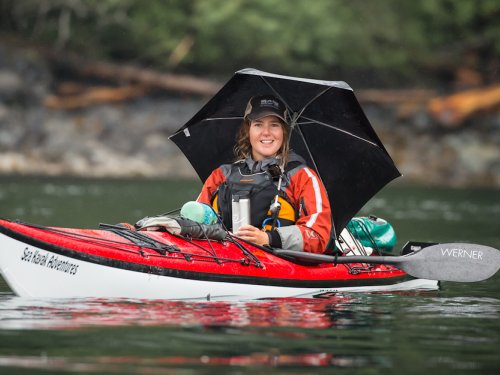
Tips for Choosing the Right Kayak Paddle Float
Choosing the right kayak paddle float can make a significant difference in your kayaking experience. Here are some tips to help you select the best paddle float for your needs:
Consider Your Skill Level
Consider your skill level and experience as a kayaker when choosing a paddle float. If you are a beginner or less confident in your self-rescue abilities, it may be beneficial to opt for a more buoyant and stable paddle float. This can provide you with extra support and make self-rescue easier. Advanced kayakers may prioritize features like compactness and quick deployment, as they might be more comfortable with different rescue techniques and have higher skill levels for self-rescue.
Assess Your Kayaking Environment
The type of water conditions you typically kayak in should also be taken into account when choosing a paddle float. If you frequently paddle in calm and protected waters, a paddle float with moderate buoyancy may be sufficient. However, if you often venture into rough or open water with strong currents, you may want to invest in a paddle float with higher buoyancy and stability. Additionally, consider the temperature of the water you kayak in, as some paddle floats might be better suited for colder conditions, providing insulation and additional buoyancy.
Evaluate the Float’s Features
When comparing different paddle floats, evaluate their individual features and assess their suitability for your needs. Consider factors such as the attachment system, size and compatibility, ease of deployment, and overall construction quality. These features can greatly impact your experience with the paddle float and its ease of use. Read product descriptions, customer reviews, and ask for recommendations from experienced kayakers to gather more information and make an informed decision.
Seek Recommendations and Reviews
Before making a final decision on a kayak paddle float, seek recommendations and read reviews from other kayakers. Learning from the experiences of others can offer valuable insights and help you determine the pros and cons of different paddle float models. Talk to fellow kayakers, join online kayaking communities, and visit reputable outdoor gear stores to gather information and make an educated choice. Personal recommendations can provide peace of mind and ensure that you select a paddle float that meets your specific needs and expectations.
Maintenance and Care
Proper maintenance and care of your kayak paddle float are essential to ensure its longevity and optimal performance. Follow these guidelines to keep your paddle float in excellent condition:
Cleaning and Drying
After each use, rinse your paddle float with freshwater to remove any salt, sand, or debris that may have accumulated. Scrub the float gently with a mild detergent or soap to clean it thoroughly. Rinse off any soap residue and allow the paddle float to air dry completely before storing it. Avoid prolonged exposure to direct sunlight, as this can cause fading or damage to the materials.
Storage
Store your paddle float in a cool, dry place away from direct sunlight. If you have an inflatable paddle float, ensure that it is fully deflated before storing it to prevent any air leaks or damage. Foam paddle floats can be stored as is, but it is recommended to keep them in a sealed bag or container to protect them from dirt, moisture, or insect damage. Avoid storing the paddle float in extremely hot or cold environments, as this can affect its performance and durability.
Inspecting for Damage
Regularly inspect your paddle float for any signs of damage or wear. Check for punctures, tears, or frayed seams, as these can compromise the float’s buoyancy and stability. If you notice any damage, repair or replace the paddle float as necessary. Inflatable paddle floats can be patched with a repair kit specifically designed for inflatables. Foam paddle floats should be replaced if they become excessively worn or damaged. It is important to regularly inspect and maintain your paddle float to ensure its reliability and effectiveness in emergency situations.
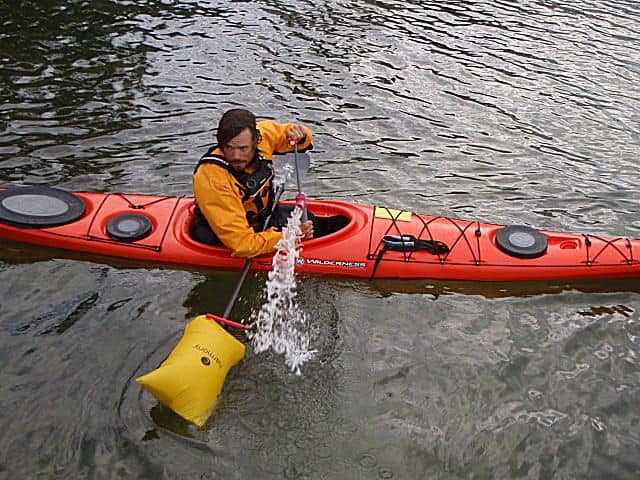
Alternatives to a Kayak Paddle Float
While a kayak paddle float is an invaluable tool for self-rescue and assisting others, there are alternative methods that can be used in certain situations. Here are some alternatives to a paddle float:
DIY Paddle Float
In emergency situations where a paddle float is not available, improvising a DIY paddle float can be an option. This can be done by using a dry bag or any other waterproof bag filled with air and securely attached to the end of a kayak paddle. While a DIY paddle float may not offer the same level of buoyancy and stability as a purpose-built paddle float, it can still provide some support in self-rescue situations.
Towing Techniques
Towing techniques can be employed as an alternative to using a paddle float in assisting others. By attaching a towline to the capsized kayaker’s boat, you can tow them to a safer location and assist in their rescue. Towing techniques require proper knowledge and practice, as well as the right equipment such as a towline. It is important to familiarize yourself with towing techniques and consider taking a rescue course to learn proper rescue procedures and tactics.
Assisted Rescues
Assisted rescues involve the use of another kayaker or a rescue team to help recover a capsized kayaker. This can be done by providing physical support, using specialized rescue equipment, or executing specific rescue maneuvers. Assisted rescues may not require the use of a paddle float, as other techniques and equipment can be used to stabilize the capsized kayak and assist with re-entry or recovery. While having a paddle float is beneficial in many situations, it is important to be familiar with various rescue techniques to adapt to different scenarios.
Conclusion
A kayak paddle float is an essential piece of safety gear that provides additional buoyancy and stability in the event of a capsize. By choosing the right paddle float and practicing proper self-rescue techniques, you can greatly enhance the safety and enjoyment of your kayaking adventures. Whether you are a beginner or an experienced kayaker, having a paddle float on hand can boost your confidence, improve your self-rescue abilities, and allow you to assist others in emergency situations. Remember to maintain and care for your paddle float properly to ensure its longevity and optimal performance. Stay safe, have fun, and enjoy the incredible experiences that kayaking has to offer with the added security and peace of mind provided by a reliable kayak paddle float.

